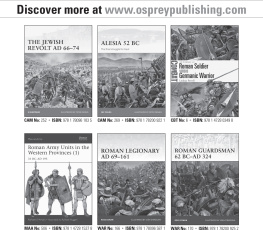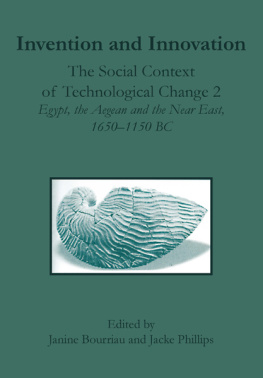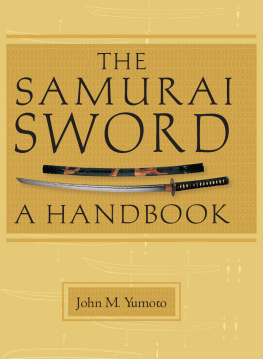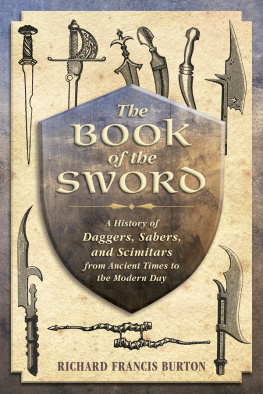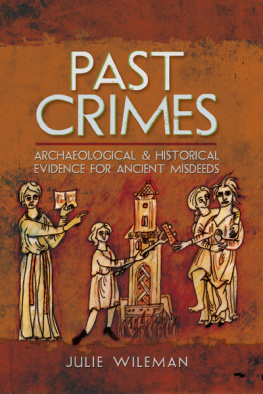
First published in Great Britain in 2016 by Osprey Publishing,
PO Box 883, Oxford, OX1 9PL, UK
1385 Broadway, 5th Floor, New York, NY 10018, USA
E-mail:
This electronic edition published in 2016 by Bloomsbury Publishing Plc
Bloomsbury is a registered trademark of Bloomsbury Publishing Plc
Osprey Publishing, part of Bloomsbury Publishing Plc
2016 Osprey Publishing Ltd.
All rights reserved
You may not copy, distribute, transmit, reproduce or otherwise make available this publication (or any part of it) in any form, or by any means (including without limitation electronic, digital, optical, mechanical, photocopying, printing, recording or otherwise), without the prior written permission of the publisher. Any person who does any unauthorised act in relation to this publication may be liable to criminal prosecution and civil claims for damages.
A CIP catalogue record for this book is available from the British Library
ISBN: 978-1-4728-1585-9 (PB)
ISBN: 978-1-4728-1587-3 (eBook)
ISBN: 978-1-4728-1586-6 (ePDF)
Osprey Publishing supports the Woodland Trust, the UKs leading woodland conservation charity. Between 2014 and 2018 our donations are being spent on their Centenary Woods project in the UK.
www.ospreypublishing.com
To find out more about our authors and books visit www.ospreypublishing.com. Here you will find our full range of publications, as well as exclusive online content, details of forthcoming events and the option to sign up for our newsletters. You can also sign up for Osprey membership, which entitles you to a discount on purchases made through the Osprey site and access to our extensive online image archive.
Author
Writer, publisher and archaeologist M.C. Bishop is an authority on all aspects of Ancient Rome at war, with particular emphasis on arms and armour of the era. He has written, co-written or edited dozens of books and articles on the subject, and leads tours of Hadrians Wall and other Roman sites. This is Mikes first book for Osprey.
Illustrator
Peter Dennis was born in 1950. Inspired by contemporary magazines such as Look and Learn, he studied illustration at Liverpool Art College. Peter has since contributed to hundreds of books, predominantly on historical subjects, including many Osprey titles. A keen wargamer and modelmaker, he is based in Nottinghamshire, UK.
Acknowledgements
I am especially grateful to Peter Johnsson and Dr David Sim for sharing with me the benefit of their expert knowledge on sword manufacture. Chris Haines and Martin White of the Ermine Street Guard kindly allowed me to examine and photograph their own accurate reproductions of both Mainz- and Pompeii-type gladii and their scabbards. I am indebted to Jon Coulston, Ross Cowan, Christian Darce, Eckhard Deschler-Erb, Sophie Hay, Tom Hayter, Salvatore Ortisi, Andreas Pangerl and Cesare Rusalen for allowing me to use their photographs and illustrations. Special thanks must also go to John Smith for timely assistance with illustrations and references, while Duncan Campbell also helped with references. I must also thank Jon Coulston, Simon James and David Sim for agreeing to read and comment upon preliminary drafts of the text. While this book has certainly benefited from all of these contributions, all faults, errors and idiosyncrasies that remain are my sole responsibility.
Authors note
The tables of dimensions include reference numbers for Miks (2007) catalogue of Roman swords. Swords with no such number were not included in that publication, either because they were not deemed to be Roman or are recent discoveries.
Editors note
Metric units of measurement are used in this book. For ease of comparison please refer to the following conversion table:
1m = 39.37in
1cm = 0.39in
1mm = 0.04in
1kg = 2.20lb
1g = 0.04oz
Cover illustrations are (top) M.C. Bishop, courtesy of the Ermine Street Guard, and (bottom) Osprey Publishing.
Title-page photograph: relief from Palmyra depicting three deities wearing gladii in frame scabbards, lamellar armour, and Parthian clothing, 1st century AD. (Photo: World Imaging)
Artists note
Readers may care to note that the original paintings from which the battlescenes in this book were prepared are available for private sale. All reproduction copyright whatsoever is retained by the Publishers. All enquiries should be addressed to:
Peter Dennis, Fieldhead, The Park, Mansfield, Nottinghamshire NG18 2AT, UK, or email
The Publishers regret that they can enter into no correspondence upon this matter.



INTRODUCTION
In order to gain a first impression of the efficacy of the Roman short sword, we could do worse than turn to the historian Livy, who vividly described the impact upon Philip Vs Macedonian troops in 200 BC when they first witnessed the aftermath of a skirmish with some Roman cavalry equipped with the gladius:
Men who had seen the wounds dealt by javelins and arrows and occasionally by lances, since they were used to fighting with the Greeks and Illyrians, when they had seen bodies chopped to pieces by the gladius Hispaniensis, arms torn away, shoulders and all, or heads separated from bodies, with the necks completely severed, or vitals laid open, and the other fearful wounds, realised in a general panic with what weapons and what men they had to fight. (Livy 31.34.4)
Livy of course was a Roman writing some two centuries after the events he described, basing his account on older sources. Even so, he managed to convey something of the horror the Macedonian troops must have felt when confronted with this terrible weapon. Indeed, in recent years, the excavation of mutilated bodies at two Spanish sites, Cerro de la Cruz (150125 BC) and Valencia (75 BC), have only served to confirm the accuracy of Livys observation.
Our second impression is provided by a decorated column base from the legionary headquarters building in the fortress at Mainz-Mogontiacum (Germany). We see a legionary of the 1st century AD advancing, crouched behind and peering over the top of his shield, short sword at the ready by his side. This, the sculpted relief almost proclaims, was what Roman legionaries did best.
The Roman short sword, frequently referred to as the gladius (pl. gladii), is arguably the one weapon that provided Rome at once with offence, defence and entertainment. Offence and defence were supplied by the Roman Army (and Navy), while entertainment was delivered by gladiators. These are huge over-simplifications for two reasons. First, the term gladius was used for any sword, not just the short sword. Second, neither all Roman soldiers nor all gladiators used the double-edged short sword. Nevertheless, the gladius Hispaniensis (literally Spanish sword Livy also calls it the gladius Hispanus) was a key and highly recognizable component of the Roman armoury, symbolizing Romes ability to adopt and adapt arms and armour that proved sufficiently impressive when used against them.
Next page
